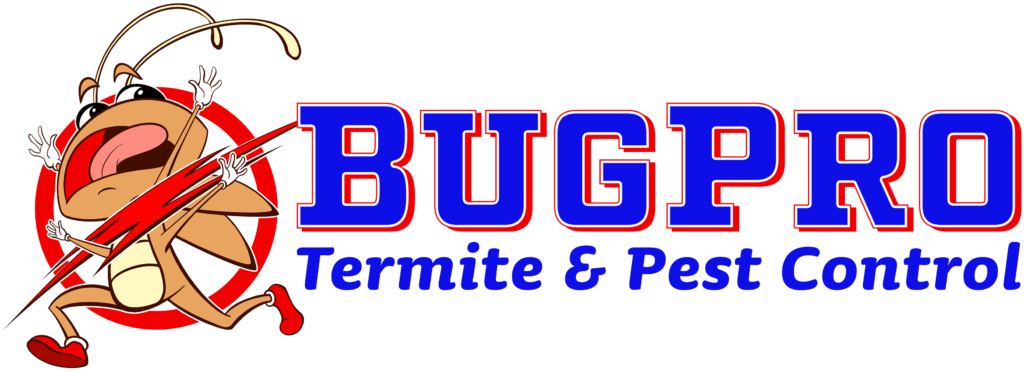
Drywood termites are notorious for their ability to cause significant structural damage to wooden structures, furniture, and more. One of the telltale signs of a drywood termite infestation is the presence of kickout holes, small openings that these termites create in wood to expel their droppings, or frass. Understanding what kickout holes are, how they form, and what their presence indicates is crucial for homeowners looking to prevent or address termite infestations.
Kickout holes are small exit points made by drywood termites in the wood they inhabit. These holes are typically around the size of a pinhead and can often go unnoticed unless actively looked for. They serve a specific purpose: allowing termites to clear out frass—essentially their waste products—from inside their colonies. Since drywood termites live within the wood they consume, proper waste disposal is essential for their continued health and the overall viability of the colony.
The formation of kickout holes is a natural and necessary process for drywood termites. As termites consume wood, they digest it and produce frass, which consists of digested wood particles, soil, and excrement. To prevent the accumulation of waste within their designated living space, drywood termites create small exit holes through which they can expel the frass.
Typically, a colony will have multiple kickout holes, strategically positioned to facilitate waste removal. The holes can often be found in various places, including the surface of wooden beams, furniture, or window frames. Since drywood termites are very particular about their environment, these holes help maintain a clean and healthy living space.
Homeowners should be vigilant in identifying kickout holes, especially if they suspect a drywood termite infestation. These holes can be easily overlooked, but there are certain characteristics that can help in identification:
1. Location: Kickout holes are commonly found in wooden structures, furniture, and other cellulose materials. If you see small holes in wood surfaces, they may be signs of termite activity.
2. Frass: One of the most telling signs of kickout holes is the accumulation of frass. This droppings resemble tiny pellets and can often be found below the holes. The frass may have a color similar to wood, given that it consists of wood particles mixed with termite waste.
3. Surface Damage: presence of kickout holes can also be accompanied by additional signs of damage, such as blistering paint or a soft, water-damaged appearance in the wood. This can indicate both active feeding and waste expulsion.
If you discover kickout holes in your home or on wooden structures, it is essential to take immediate action. Here are some steps you can follow:
1. Carefully inspect the area around the kickout holes and search for other signs of termite activity, such as frass or damaged wood.
2. If you confirm the presence of drywood termites, it’s highly advisable to contact a pest control professional. They have the expertise and tools necessary to conduct thorough inspections and recommend effective treatment options.
3. To prevent future infestations, address factors that might attract termites, such as moisture around wooden structures, proper ventilation, and sealing entry points.
Kickout holes are an important aspect of drywood termite behavior and indicate the presence of an infestation. By understanding what these holes are and how they form, homeowners can take proactive measures to monitor and protect their properties.